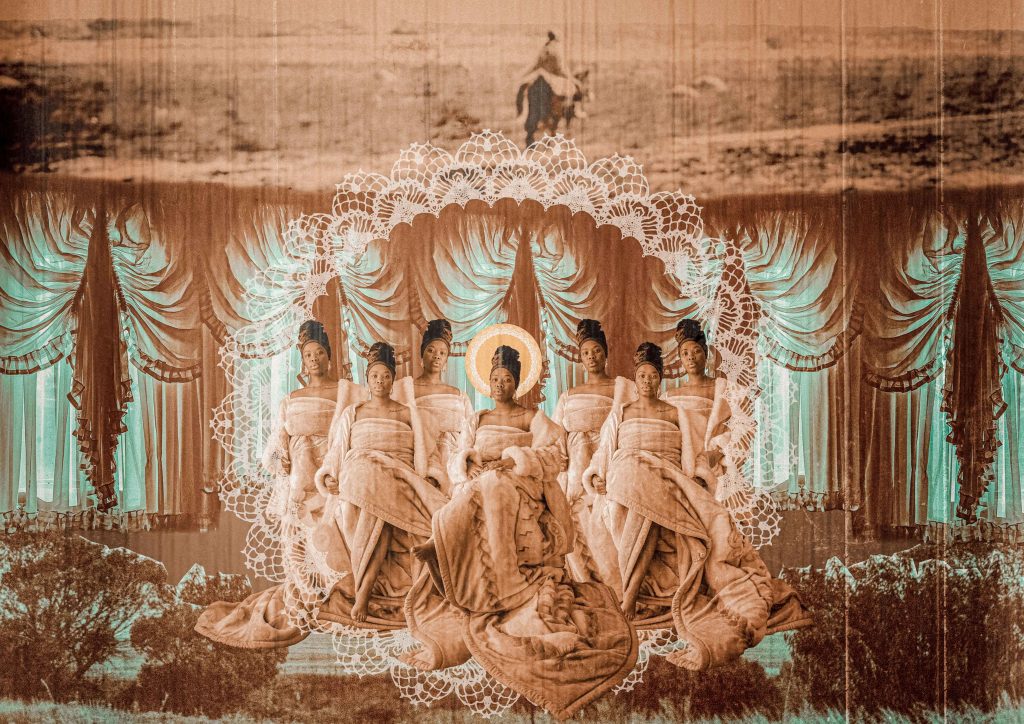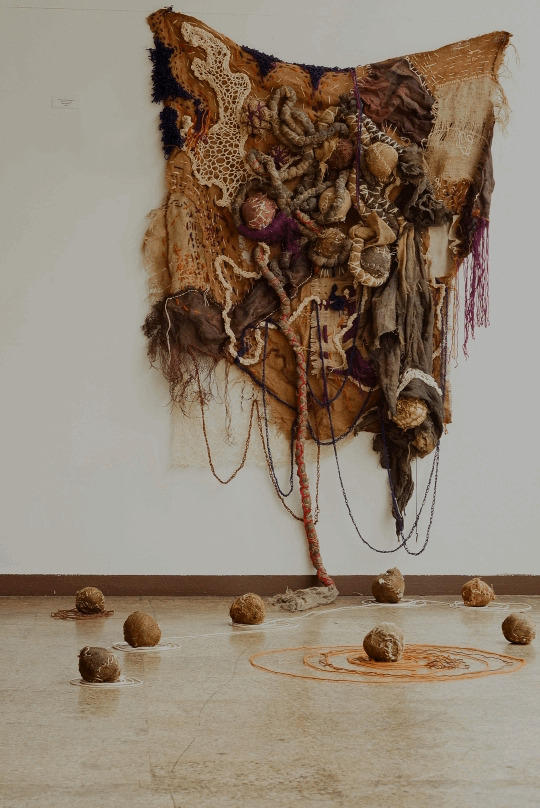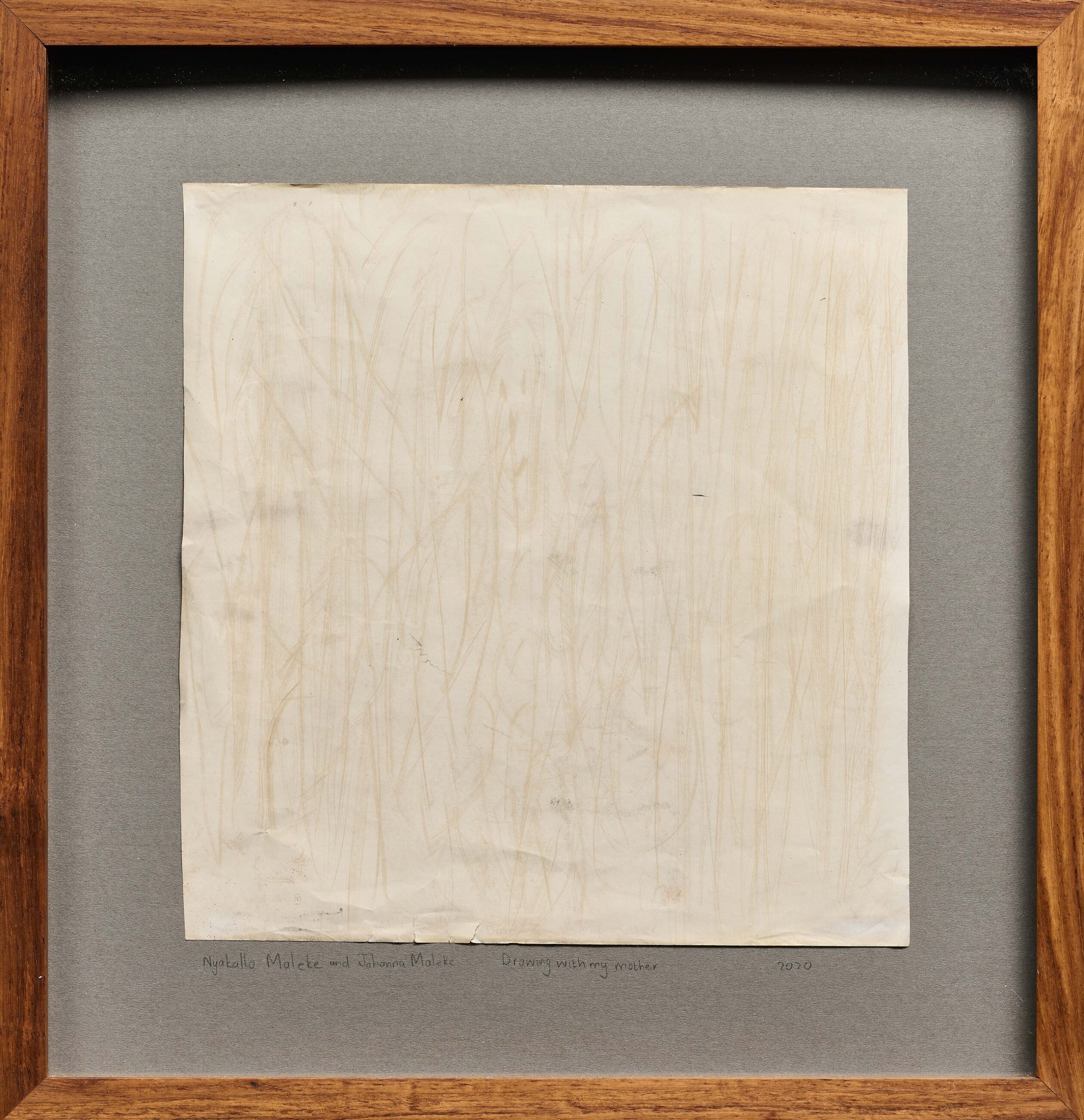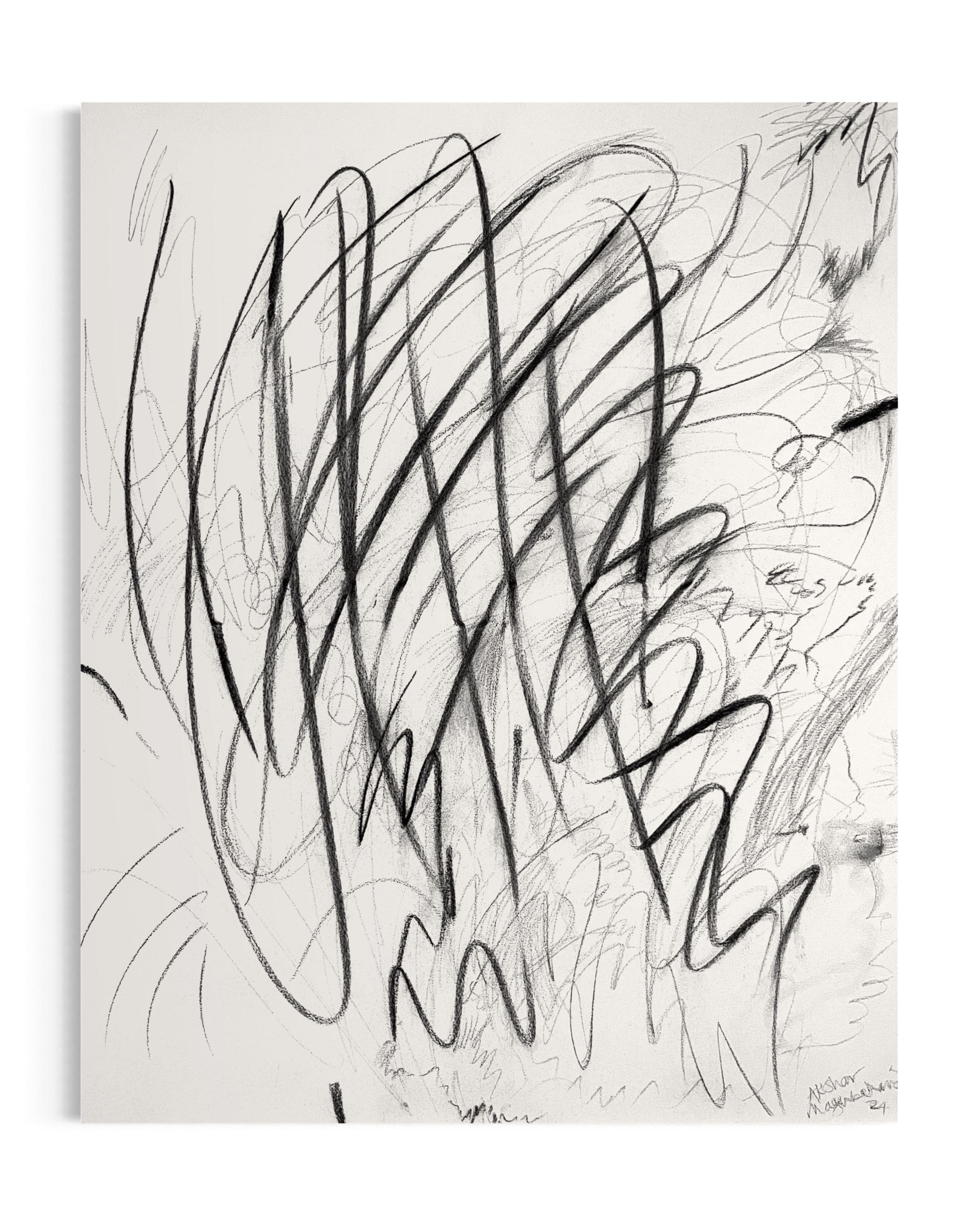Look Here, Look at Me
What may appear to be changing is the greater use of online resources. Further necessitated by the pandemic, they will continue in use because they are a convenient and cost-effective way of sharing work but also a familiar way of looking for modern audiences. “When I started with my art practice, […] there wasn’t much intention […] not much deliberation. […] I was making money […] selling completely from social media.”
However, these online platforms are precarious; artists cannot, should not, depend on them; they have no guaranteed longevity. On these platforms, artists produce, are consumed, compete for relevance, rinse, cycle, and repeat. They are forced to brand themselves, and this means the well-connected get more time to be artists and keep their dignity while everyone else claws and fights for attention. Artists end up making more content than they do art or money. “I don’t want to be that artist who launches work on social media […] It’s different now. Issues to do with like copyright and all that stuff.” Branding hurts those who are not online enough, cannot be online, and those who do not want to be online at all. These platforms have also served independent artists more generously “I was operating outside of the gallery system[…] social media was pivotal for me. […] I [tapped] into a new network of buyers […] who previously had no idea we even had an art scene in Zambia.
The more they [saw] my work, [they] also came across other people’s.” Artists can get access to opportunities, for audiences, and they can make brand deals. They are extremely visible. But this places pressure on emerging artists to find success quickly, leading to a crash or an unsustainable career. Social media is liable to short moments of virality. Visibility, representation and virality then get conflated with material change.

Moreover, there is the benefit of developing communities of support and solidarity, “That’s how I started supporting other artists and getting to know them before I moved to Joburg. It’s a big part of my community. […] you get to know new artists.” Artists are clustered communities; we do not have collective bargaining power. The visual arts do not have a governing body; we do not have a union. No representatives advocating for legalized policy and law that would provide infrastructure, state support, and living costs for artists. We complain in fractured whisperings. We have not done a good job of prioritizing our labour conditions; the way we speak about our work, and the job itself. We need to demystify assumptions about art practice, particularly the work outside of the glamour, to remove the performance.
We know that the moving parts are faulty, these parts are mostly beyond our control. Labour laws are barely enforced. This needs to change. We need to do better for ourselves, ask for contracts, advocate for wages, if not better ones, and demand our true value. What we do is labour, we work, and we, therefore, deserve to live like we work. All the parties and the dinners mean little in the long run. There is often a defensive reaction to the issues that affect artists to this day with the blame placed on individual choices and young people’s inability to be self-starters.
A defensiveness that does not consider that material realities have not changed much post-1994. A perpetuation of ideologies that make it socially taboo to challenge things, attacking or creating a hostile environment for those who question the status quo. Failure is treated as a function of decision-making when making good choices requires good options. Structural advantages not only determine productivity but also the quantity and quality of what is made by artists, and it is those who can already produce who are rewarded.

Shalom Kufakwatenzi, Courtesy of the artist.
Should I Stay, or Should I Go?
So, we are losing, young people are leaving for more ‘practical’ industries, for other parts of the world. ” […] often, I have this idea that first-world countries have an abundant cash flow to spend on art.” There is a continuous loss of talent and a creative brain drain. When the structures in place deter sustainability “There’s nothing more the space can offer for them. And then creatively, especially for the kind of work that I do, I feel like I’d definitely be appreciated internationally.”.
When you are constantly perceiving visual culture being appreciated elsewhere, there is no choice but that elsewhere. “My work […] in South Africa […] it’s not the most popular aesthetic [..] I see that picking up in other parts of the world […] artists who work […] in a similar way to me. […] I think about it all the time […] I would like to immigrate […] but I would like to establish myself in South Africa because I’m South African.” It does not bode well too when influential state representatives perpetuate the already widespread misunderstandings about the value of art and artists but are also unable to recognize the impact of visual culture historically or economically.
Making art is “real work, I’m [not] a beggar, […] I don’t think we should have that tag on our profession […] we’re adding value, enriching culture.” and “[That] ignorance […] when everything around you, […] began with an artist’s eye. […]It makes no sense.” There are signs of attitudes changing, “you have […] people that are practising, showing them. [They} are starting to see […] the commercial value of art.[…] it’s quite sad that people don’t [take it] seriously, […] government officials are saying this, [there are] important contributions that artists have made to this country […] countering erasure and censorship.

Continuous growth of the visual cultural sphere is supported and maintained by the significant attempts and effort at remaining by artists. With this understanding, we should be reconsidering our working conditions; we should not internalize the wrongs of institutional and structural failures. It is all hoorays and wows when one of us wins awards and gets success on the other side of the world. But the global north is in continuous acquisition of the work African artists make, historically unethically and now through legitimate, albeit cheap purchasing. Now they are taking the makers too. If we consider the future, what will our museums have, what will be our cultural histories?

This article was produced in the context of the David Koloane Award Mentorship Programme 2023 on behalf of the Bag Factory. The 2023 David Koloane Award was kindly funded by the National Arts Council, in support of Johannesburg-based aspiring critical arts writers (aged 21-35) working in the fields of exhibition curating, journalism and creative writing.



















































